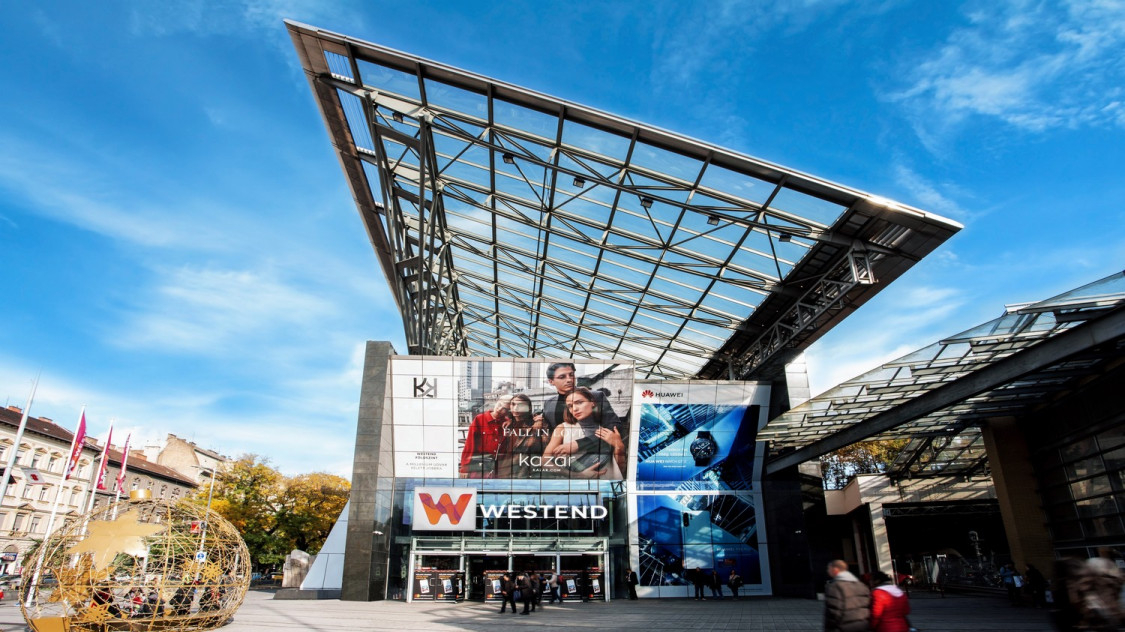
Shoppers are becoming increasingly conscious and are looking for easily accessible, environmentally friendly shopping centres that also have outdoor green areas, a representative survey called "The role of shopping centres in the 21th century" by Westend and Marketing Resolution found. The survey examined the customer habits of people living in Budapest and its suburbs, including how often they visited their favourite malls, what experiences they were looking for there or what products were in highest demand.
The majority (20%) of respondents visit a mall once a month, but 19% do once a week, while 14% of Budapest residents make it a daily programme to pop in to a mall. Overall, more than half enter a shopping mall at least once a month.
The survey also looked at what features and services customers consider important. It is apparent that customers are increasingly conscious: while the location of the mall remains the primary factor, today's consumers also consider whether a mall is operated environmentally friendly or if it has outdoor green areas. In the 21th century, community spaces, programmes offered to visitors and the experiences available are also values assigned greater weight.
“The survey clearly outlines the future of shopping malls: they will have to become 360-degree service centres where visitors can find not just shopping opportunities but also community and customised experiences,” said Orsolya Kovács, Marketing Director for Westend.
When inside a shopping mall, Budapest residents are primarily hunting for clothing apparel (48%), and many enter with the intention of buying shoes (36%). Interestingly, about 40% are just browsing, with no significant difference between men and women in this respect. A quarter of respondents said they also used other services in malls.
The survey also asked how much money people spent in malls:
Excluding food bought in supermarkets, the amount comes to €90.9 (HUF 31,850) a month on average. Nearly a quarter (23%) spends between HUF 20,000 and HUF 40,000 on non-food products each month, while 17% spend between HUF 10,000 and HUF 20,000. Meanwhile, 15% spend more than HUF 40,000 a month.



